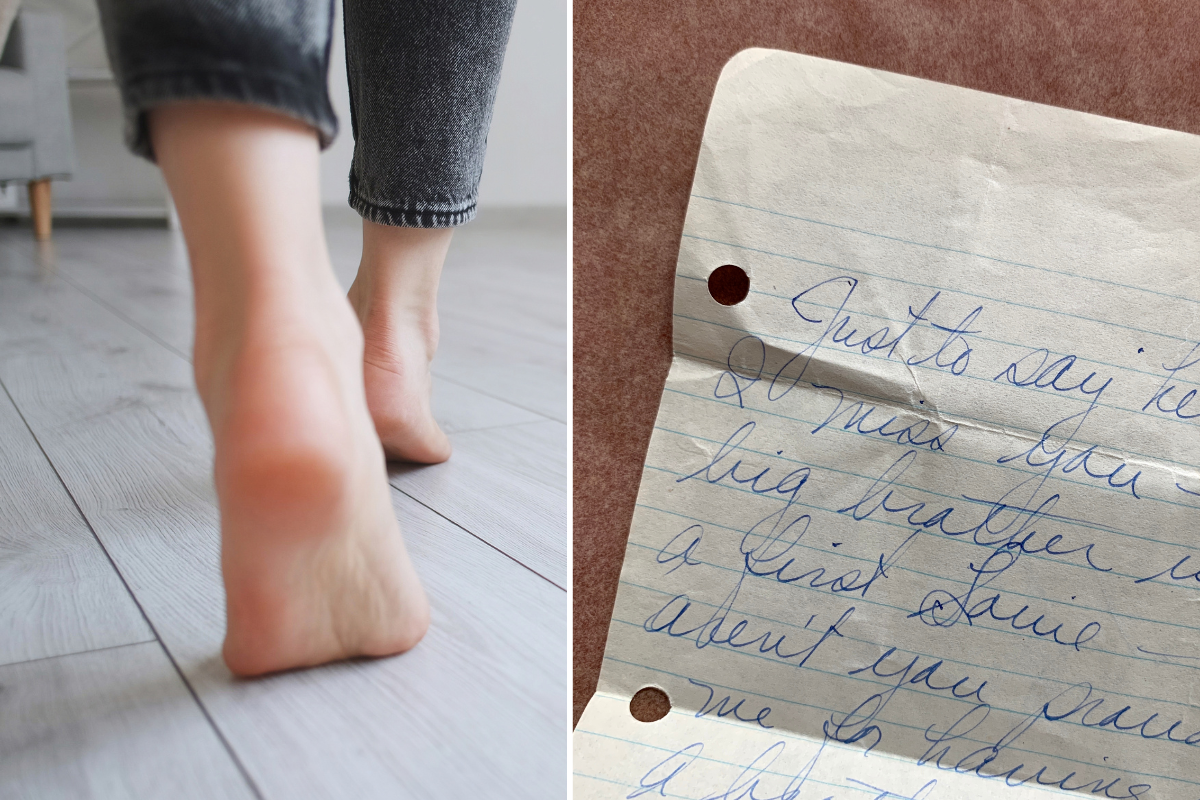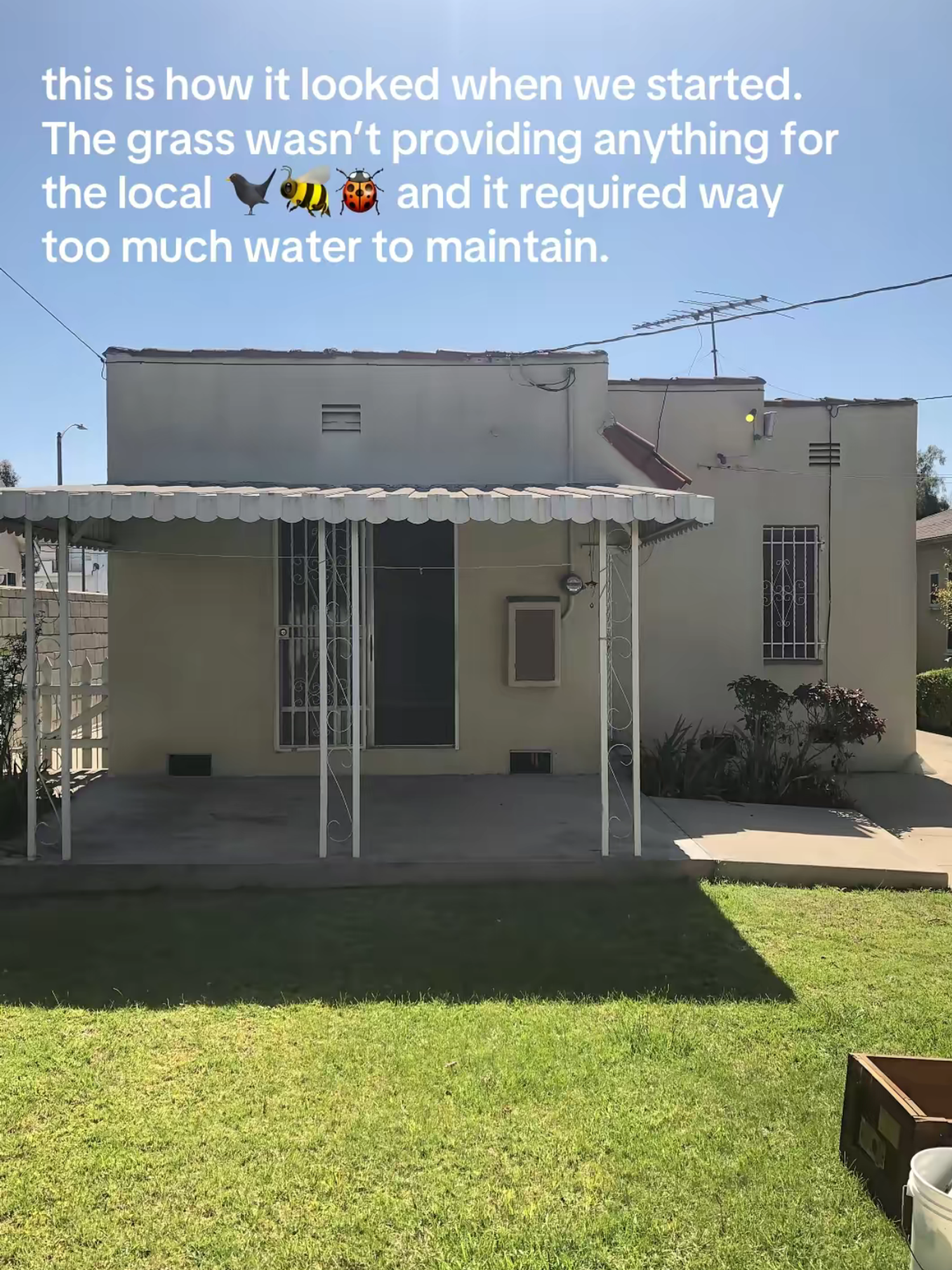People are split over noise complaint note woman received after living in apartment for 2 days
Upstairs and downstairs neighbors are at war, but here's who they should really be mad at.

Apartment living isn't easy...
People who live in apartments are often at war with their neighbors, and the weapon of choice is nasty handwritten notes. Conflicts between upstairs and downstairs neighbors are a tale as old as time. But now the evidence is being logged on the Internet for all to see—and weigh in on.
Everyone has an opinion on passive-aggressive noise complaints from neighbors, but the reality is that the people living in these situations are truly at a loss for how to make things better. One neighbor will swear up and down they're not making any noise, while the person that lives under them complains about the walls shaking and picture frames falling off of their nails. It's an impasse. Who's in the right here?
A woman and her husband recently got a fairly polite but aggressive note about their behavior, almost immediately after moving into their apartment.

She posted it in the subreddit r/Apartmentliving asking for advice. The note reads, in scratchy handwriting:
"Welcome new neighbors, me and my wife live below you and would like to ask if you would please try and walk a little softer, these apartments were built extremely fast and they cut corners especially with the sound proofing. We can hear which room your in, we could probably count your steps. It just drones and shakes our walls and floors and we end up with bad headaches. I would really appreciate it, and my wife too."
The OP had lived in the apartment for a grand total of two days before receiving the note. And she's not the only one. Social media is bursting with similar notes, stories, and screenshots of baffling text exchanges.
See the full post below:
from Apartmentliving
Users were surprisingly divided on the note. Some who knew the pain and frustration of being a downstairs neighbor found it reasonable and polite. Others found it absolutely unhinged and ridiculous.
At face value, asking a person to "walk a little softer" in their own home sounds unreasonable, right? Claiming that only two days of the OP simply existing in her home is causing bad headaches is a little over dramatic, as well.
But people who have lived as downstairs neighbors before get it. Every little noise gets amplified and it really does sound like your neighbors are stomping around, jumping up and down, dragging chains along the floor, and doing all kinds of disruptive things.
The response was mixed. Some urged OP and her husband to be more mindful of the way they move around when they're home:
"I grew up in apartments and naturally walk lightly now when at home, but my house friends walk so heavy. I can notice the difference significantly when we’re both at my place so it’s not a bad idea to take notice if you are just a naturally heavy walker and also no shoes inside. It doesn’t sound too mean but let’s hope just with being a bit more aware then they don’t become annoyingggggg."
"I live in a downstairs unit and have 3 men living above me. The soundproofing is really decent, and I can barely hear 2 of them walking around, they're so quiet. They're big dudes, too. The last guy walks like he weighs 800lbs and has ski boots on, it's insane. I've never heard anyone walk so loudly before, it drives me crazy. I dread him coming home from work every day because I have to listen to him stomp back and forth and shake the walls/ceiling. Some people absolutely don't know how to walk gently."
"I think people just don’t realize that it’s possible to walk normally without making heavy steps."
Other apartment-dwellers were more blunt; opining that the note was way out of line, especially after such a short time:
"Obviously, try to be mindful of how hard you're walking, but beyond that, there's nothing you really can do. You've gotta live your life, and you're paying to do so in that space, so as long as you aren't doing unreasonable things at unreasonable hours, then it's kinda their problem and not yours. That might sound callous, but I mean, if they expect to never have to hear other people, then they may need to reconsider living in an apartment."
"I’d ignore it. Don’t engage. You can walk around, watch tv, take a shower and close cabinets any time of the day or night as long as you’re not screaming, slamming, etc. then there’s nothing they can do.."
"Have you tried learning how to float?"
"If you're counting someone's steps you literally need to find a hobby. My parents still live in an apartment and my Mom does this kind of stuff. Every neighbor bothers her with the least amount of noise. If you have this issue, maybe consider housing that isn't attached to a neighbor?"
In the end, a few people had advice for the couple, or any upstairs neighbor: Put down some extra rugs and make sure you're wearing slippers when walking around the house. That's a simple gesture almost anyone can do for their neighbor's comfort. And, if you can, step lightly. Beyond that, there's not much else you can do.
Buried in the note, however, is the true culprit: Management!

The problem with these conflicts is that neither the upstairs or downstairs neighbor is really wrong. The upstairs neighbor can be doing absolutely nothing of note and it can still be deafeningly loud for the lower tenant. That's a sign of a crappy building that, as the note writer admits, points to corners that have been cut during construction
Some estimates say that apartments with better soundproofing are worth up to 20% more than noisier units. And the time spent dealing with constant complains and quarrels between neighbors is surely costly in its own way. Instead of writing nasty notes, neighbors should put pressure on management to address soundproofing issues—it's for the landlord's own good! They can't exactly remodel the entire building in most cases, but they should be willing to consider adding thick carpet pads, purchasing heavy curtains and drapes, or lining the air ducts to limit sound traveling between units.
Some have argued that landlords and management companies are inherently unethical, or at the very least, incentivized to be lazy and address problems in the cheapest way possible. If you want your apartment experience to get better, send these passive aggressive notes to them instead of your well-meaning neighbors.





 This is a teacher who cares.
This is a teacher who cares.  Halloween costume, check.
Halloween costume, check.  Wealth Inequality is a rampant problem.
Photo by
Wealth Inequality is a rampant problem.
Photo by  Summer Fall GIF by Mark Rober
Summer Fall GIF by Mark Rober Raining Stick Figure GIF by State Champs
Raining Stick Figure GIF by State Champs Where we started.
Where we started. Paradise in the backyard
Paradise in the backyard Welcome to Whelan Design House.
Welcome to Whelan Design House. Beauty is possible!
Beauty is possible! Dads are gonna be dads.
Dads are gonna be dads.